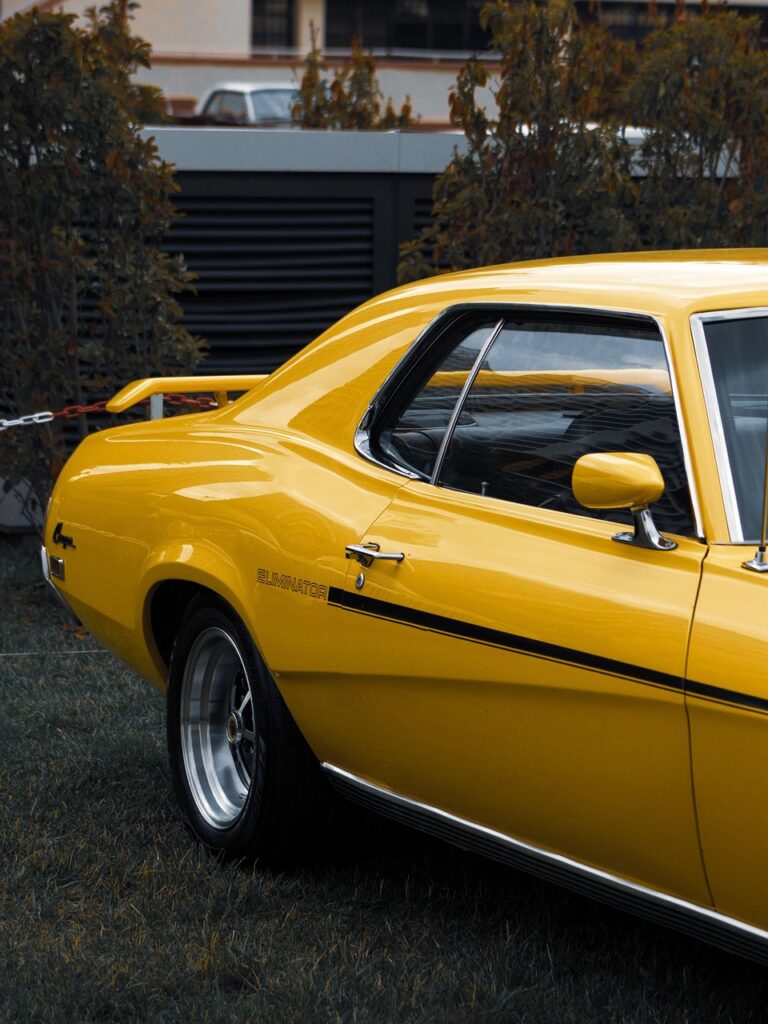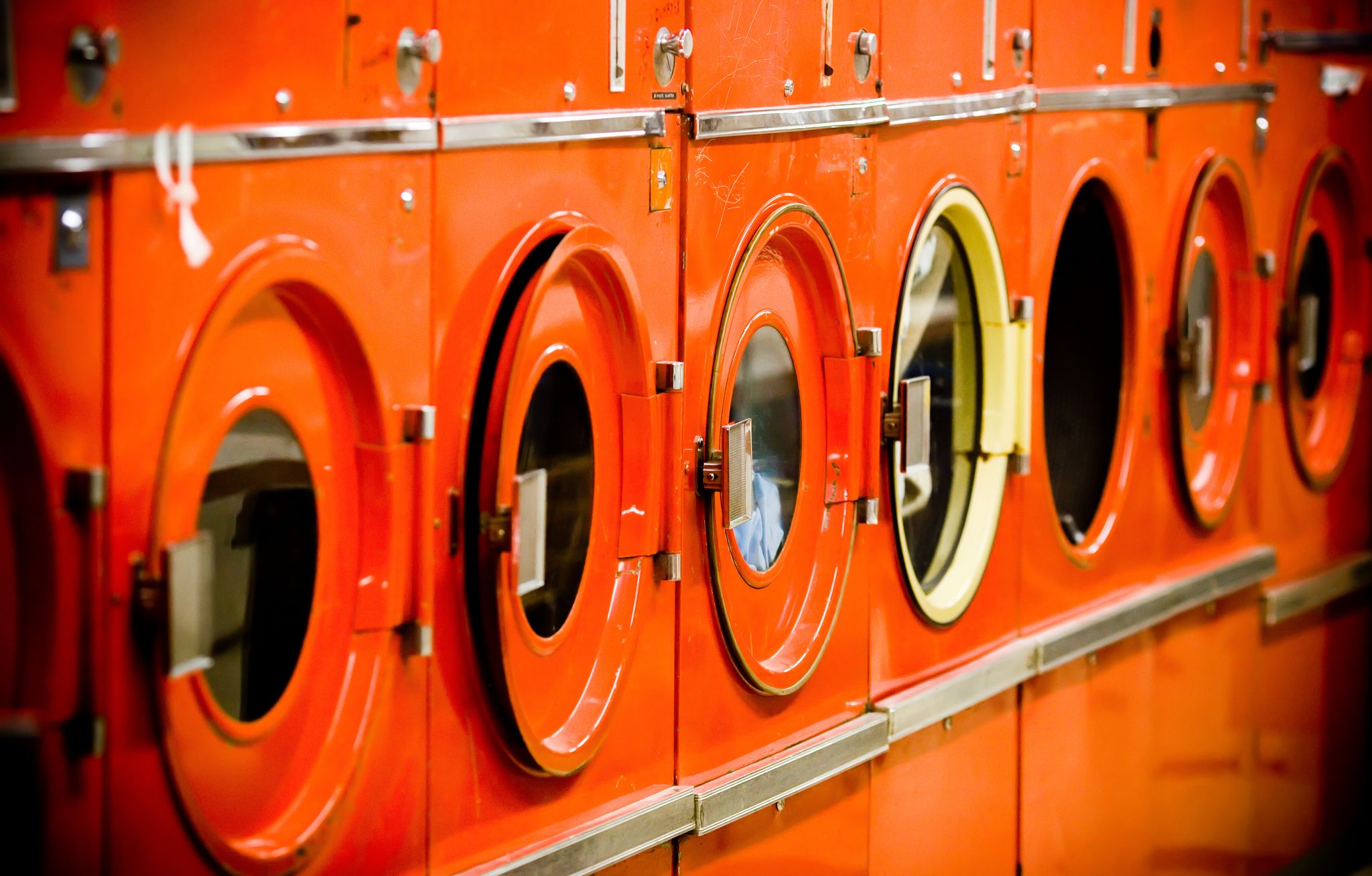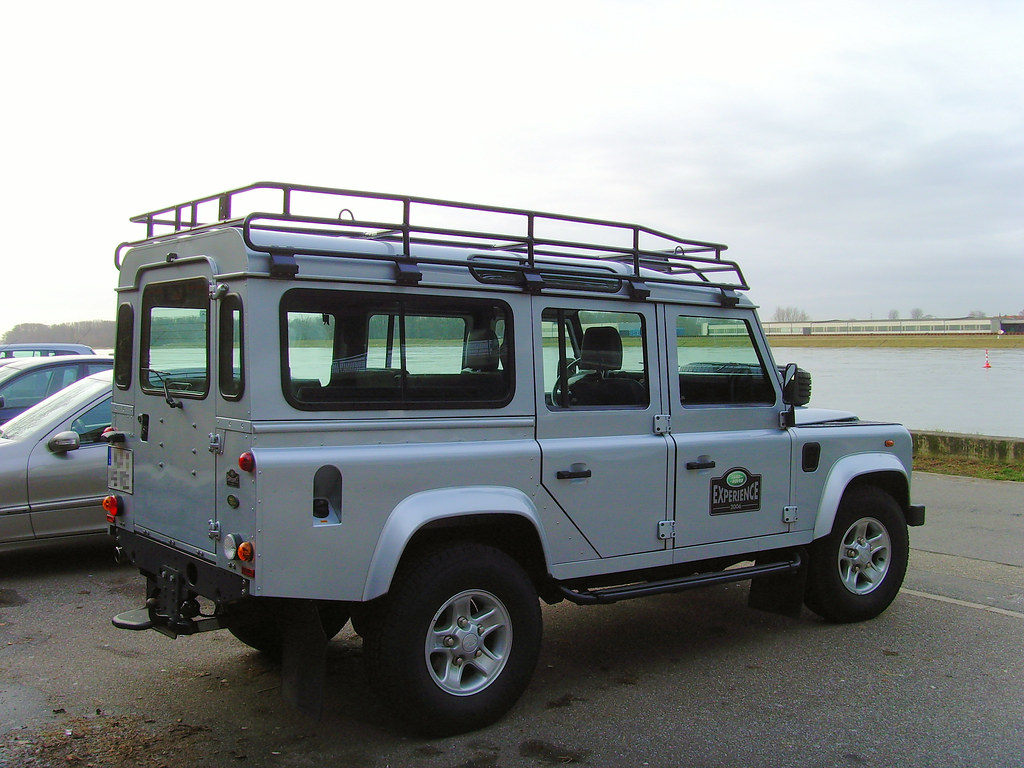
The Land Rover Defender stands as an icon of rugged capability and sophisticated luxury, embodying a spirit of adventure that captivates many consumers. Its distinctive design and renowned off-road prowess make it a highly desirable vehicle for those seeking both performance and prestige. However, beneath this appealing exterior lies a practical reality concerning its maintenance and repair costs, a topic that demands objective and thorough examination for any current or prospective owner.
Our analysis, inspired by the rigorous standards of consumer reporting, aims to provide factual, unbiased information about the financial commitment required to own a Land Rover Defender. The data consistently reveals that Land Rovers, including the Defender, typically necessitate a higher financial investment for upkeep compared to the broader automotive market. Owners frequently encounter issues that demand specialized labor and costly parts, making informed decision-making paramount.
While the Defender 90 is often cited as the most ‘budget-friendly’ Land Rover model, with an average annual cost of $675 for maintenance and repairs, even this figure is substantially higher than many conventional vehicles. As we delve into specific components and common issues, a clearer and more complete picture of the potential financial implications will emerge. We will explore fifteen key areas where Land Rover ownership can present significant and often surprising costs, ensuring you are well-prepared for the journey ahead.

1. **Overall High Annual Maintenance & Repair Cost**One of the most immediate and impactful financial considerations for Land Rover Defender owners is the consistently high annual maintenance and repair cost. According to available data, the annual expenditure for Land Rover maintenance and repairs is nearly double the industry average. This elevated baseline sets Land Rover apart from many other brands, positioning it firmly in the premium maintenance category.
RepairPal estimates the average Land Rover costs $1,174 each year in repairs and maintenance. This figure starkly contrasts with the average annual spending of other drivers, indicating that Land Rover owners are typically outlaying significantly more. This isn’t merely a small increase but a substantial jump in recurring expenses, directly affecting the long-term cost of ownership.
To further illustrate this, when comparing brands, Land Rover’s average annual cost of $1,174 stands noticeably higher than many competitors. For instance, BMW owners face an average of $968, Tesla $832, Ford $775, Chevrolet $649, Toyota $441, and Honda $428. These comparisons underscore the premium nature of Land Rover upkeep, which should be a key consideration for any buyer.
This higher annual expenditure is not just a minor inconvenience; it’s a significant financial commitment that shapes the overall ownership experience. Understanding this elevated baseline cost for preventive care and unexpected repairs is fundamental for accurate budgeting and managing the financial realities of owning a Land Rover Defender.
Car Model Information: 2023 Audi Q5 45 S line Premium Plus
Caption: 2015 Land Rover Defender 90 (Australia)
Name: Land Rover Defender
Manufacturer: ubl
Class: Small offroader
Aka: Land Rover 90, Ninety, 110, One Ten, One Two Seven (1983–1990)
Production: ubl
Predecessor: Land Rover Series III
Successor: Land Rover Defender (L663)
Assembly: Shah Alam,Kulim
Layout: Front-engine, four-wheel-drive layout,four-wheel drive
Categories: 1990s cars, 2000s cars, 2010s cars, All-wheel-drive vehicles, All Wikipedia articles written in British English
Summary: The Land Rover Defender (introduced as the Land Rover One Ten, joined in 1984 by the Land Rover Ninety, plus the extra-length Land Rover One Two Seven in 1985) is a series of British off-road cars and pickup trucks. They have four-wheel drive, and were developed in the 1980s from the Land Rover series which was launched at the Amsterdam Motor Show in April 1948. Following the 1989 introduction of the Land Rover Discovery, the term ‘Land Rover’ became the name of a broader marque, no longer the name of a specific model; thus in 1990 Land Rover renamed them as Defender 90 and Defender 110 and Defender 130 respectively.
The vehicle, a British equivalent of the Second World War derived (Willys) Jeep, gained a worldwide reputation for ruggedness and versatility. With a steel ladder chassis and an aluminium alloy bodywork, the Land Rover originally used detuned versions of Rover engines.
Though the Defender was not a new generation design, it incorporated significant changes compared to the Land Rover series, such as adopting coil springs front and rear. Coil springs offered both better ride quality and improved axle articulation. The addition of a centre differential to the transfer case gave the Defender permanent four-wheel-drive capability. Both changes were derived from the original Range Rover, and the interiors were also modernised. Whilst the engines were carried over from the Series III, a new series of modern and more powerful engines was progressively introduced.
Even when ignoring the series Land Rovers and perhaps ongoing licence products, the 90/110 and Defender models’ 33-year production run were ranked as the sixteenth longest single-generation car in history in 2020.
In 2020, Jaguar Land Rover introduced an all new generation of Land Rover Defender Land Rover Defender (L663) switching from body on chassis to integrated bodywork and from live, rigid axles to all around independent suspension.
Get more information about: Land Rover Defender
Buying a high-performing used car >>>
Brand: Land Rover Model: Defender
Price: $24,705 Mileage: 43,133 mi.
Read more about: Navigating the Surge: 12 Key Reasons Your Car Insurance Rates Are Skyrocketing in Today’s Market

2. **Higher Frequency of Repair Shop Visits & Severe Repairs**Beyond the sheer monetary cost, Land Rover vehicles, including the Defender, exhibit a notable tendency for more frequent repair shop visits. Data from RepairPal indicates that Land Rovers visit the repair shop almost twice as often as other vehicles. This increased frequency not only translates into more repair bills but also into more time without your vehicle, impacting daily routines.
Compounding this issue is the higher likelihood of these visits escalating into severe repairs. RepairPal’s statistics show that the probability of a Land Rover repair turning into a severe issue is 16%, a figure that surpasses the industry average rate of 12%. This suggests that when a Land Rover does require attention, the problems tend to be more substantial and, consequently, more expensive to rectify than average.
This higher rate of severe repairs contributes to Land Rover’s overall reliability assessment. RepairPal rates Land Rover a 2.5 out of 5 for reliability, a score based on the cost, frequency, and severity of repairs. This rating indicates a below-average reliability performance when benchmarked against other manufacturers.
The combination of frequent visits and a greater chance of severe, costly issues demands careful consideration from owners. It means preparing not only for higher overall costs but also for more frequent and potentially disruptive repair experiences, highlighting the importance of a robust maintenance strategy and financial foresight.
Read more about: The 401k Killer: 14 Premium Vehicles That Cost More Than Just Their Sticker Price

3. **Exorbitant Transmission Replacement Costs**Among the most financially devastating repairs a Land Rover owner might encounter is a transmission replacement. While not a common occurrence, when this critical component fails, the associated costs can be truly staggering and represent one of the most shocking potential expenses. These figures highlight the significant investment required for major mechanical overhauls.
For example, replacing the transmission on a relatively new 2022 Range Rover model can range from $10,645 to an astonishing $16,188. This range reflects the complexity of the component and the specialized labor required for its installation. Such a repair can quickly dwarf the annual maintenance budget and become a major financial setback.
Similar high costs are evident across other models in the Land Rover lineup. A transmission replacement for a 2021 Discovery is estimated between $11,081 and $11,930. Even for a 2020 Discovery Sport, owners could face bills ranging from $12,667 to $13,401 for this essential system, demonstrating a consistent trend of high-cost transmission repairs across the brand.
These exorbitant figures for a single component replacement underscore the advanced engineering and specialized parts characteristic of Land Rover vehicles. Such an unexpected malfunction can quickly evolve into a monumental financial burden, making strong warranty coverage or substantial savings almost a necessity to protect against these catastrophic expenses.
Read more about: Buyer Beware: These 10 Sedans Are Resale Disasters After Just 5 Years
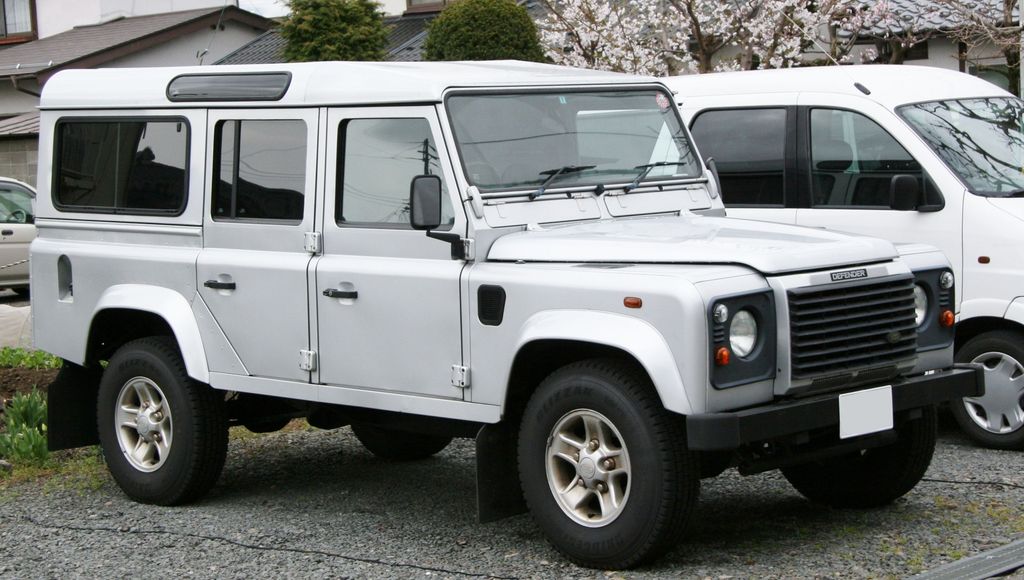
4. **Steep Timing Chain Repair Costs**Engine failures represent some of the most serious and financially impactful problems reported by Land Rover owners. Specifically, issues with the timing chain can lead to exceptionally high repair bills, often involving extensive and intricate engine work. This specific problem has been a source of significant frustration and expense for many.
Individual owner accounts vividly illustrate the severity of these timing chain repairs. One Land Rover reviewer in Colorado shared a particularly daunting experience, reporting a cost of $15,000 to fix a broken timing chain. This figure alone can be more than many people spend on a used vehicle.
Another poignant example comes from Sheh in Georgia, who reported an even higher expenditure. This owner stated that it cost $20,000 to rectify a broken timing chain alongside other engine issues. These real-world instances highlight the potential for catastrophic engine-related expenses that can arise during Land Rover ownership.
These figures are not for minor adjustments; they represent comprehensive repairs that can rival the cost of an entirely new, non-luxury vehicle. The potential for such extensive and expensive engine problems underscores the critical importance of adhering strictly to recommended maintenance schedules and seriously considering extended warranty options to mitigate the risk of these high-impact mechanical failures.
Read more about: Buyer Warning: These 7 Popular Vehicles Can Become Service Bay Staples Once They Hit 80,000 Miles
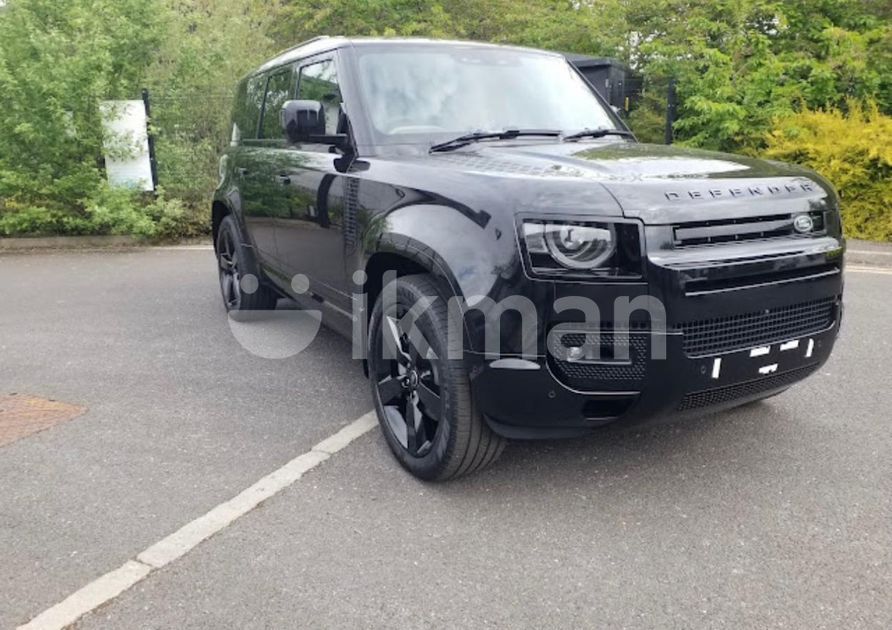
5. **Costly Air Suspension System Failures**The sophisticated air suspension system, a key feature contributing to the Land Rover’s comfortable ride and celebrated off-road capability, is unfortunately also a well-known source of expensive repairs. Owners frequently report encountering defective vehicle height sensors, which directly affect the air suspension system’s functionality. This often triggers dashboard messages such as ‘Normal Height Only,’ indicating a fault.
When a full air suspension replacement becomes necessary, typically around the 100,000-mile mark, owners can expect costs ranging from $4,000 to $6,000. This is a substantial sum for a single system and represents a significant expense in the vehicle’s mid-life. The complexity of the system and the specialized components contribute to this high price tag.
Individual components of the air suspension system also carry considerable costs. Replacing air suspension parts per corner can cost approximately $1,000 each. Furthermore, if the air compressor, a vital part of the system, needs replacement, it can add another $1,500 to $2,000 to the bill. These figures can quickly accumulate, especially if multiple components fail simultaneously.
Air suspension problems not only compromise the vehicle’s ride comfort and ability to adjust height but can also negatively affect handling and overall safety. Given that these complex systems are prone to failure often after the factory warranty period has expired, typically around 100,000 miles, owners must be financially prepared for these substantial costs as their Land Rover ages.
Read more about: Navigating the Nightmare: The 12 Worst States for Modified Car Enthusiasts
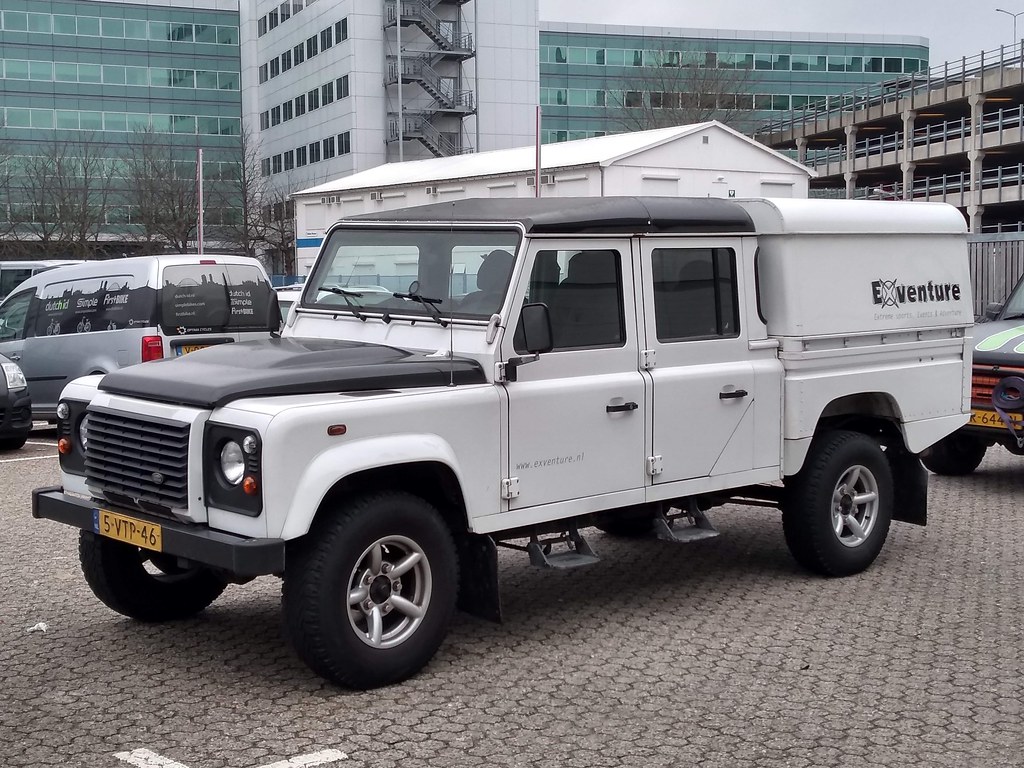
6. **Unusually High Oil Change Expenses**Even what appears to be a basic and routine maintenance task, such as an oil change, can present a surprisingly high cost for Land Rover owners. While Kelley Blue Book suggests the average cost for an oil change typically falls between $35 and $75, a Land Rover, requiring specialized synthetic oil, can easily push this cost to over $100. This is a significant premium for fundamental preventive care.
For certain models, these costs escalate dramatically, reaching truly shocking levels. A Range Rover oil change, for example, has been reported to exceed $500. When performed at a dealership, oil changes for various Land Rover models typically range from $350 to $600+, depending on the specific region and the complexity of the service required for that particular model.
Even opting for an independent specialist, often a more cost-effective alternative, will still see oil change prices in the range of $200-$300. This indicates that the higher cost isn’t solely a dealership markup but inherent to the requirements of the vehicle itself. The specialized labor, the volume of synthetic oil, and the type of filters required all contribute to these elevated prices.
These significantly higher prices for a fundamental service make even routine preventive care a premium expense for Land Rover owners. Understanding that these basic maintenance costs are substantially more than average is crucial for accurate financial planning and managing the ongoing operational expenses of your vehicle.
Read more about: Expensive Regret on the Highway: 15 Models Owners Wished They Never Exchanged Keys For

7. **Window Regulator Failures**Among the specific component failures that frequently affect Land Rover vehicles, window regulators stand out as a surprisingly common and often costly issue. This seemingly minor component, responsible for the operation of electric windows, can lead to significant repair bills, underscoring the high cost associated with Land Rover parts and specialized labor.
Customer reports highlight the financial impact of this particular problem. One Land Rover reviewer in New York shared their experience, stating that it cost over $2,000 to fix a broken window regulator. Such an expense for a single window mechanism can be a significant and unexpected hit to an owner’s budget.
This individual experience is not isolated. Broader data from organizations like Warranty Solutions Group confirms the prevalence of this issue. According to their findings, window regulators accounted for nearly 5% of all repair claims for Land Rover and Range Rover models, making it the most frequently reported fault.
The frequency and high cost of repairing specific issues like window regulators contribute significantly to the overall perception of Land Rovers demanding substantial financial upkeep. Even if individual component failures appear relatively minor in scope, their cumulative impact on an owner’s wallet can be substantial, reinforcing the necessity for careful financial planning when owning such a vehicle.
Continuing our comprehensive examination of the financial realities of Land Rover Defender ownership, this section delves into further critical repair issues, long-term costs, and actionable strategies for navigating these significant expenses. Our goal remains to equip current and prospective owners with the unbiased, detailed information needed to make informed decisions and manage the distinctive financial commitment that comes with this iconic vehicle.
Read more about: Navigating the Nightmare: The 12 Worst States for Modified Car Enthusiasts
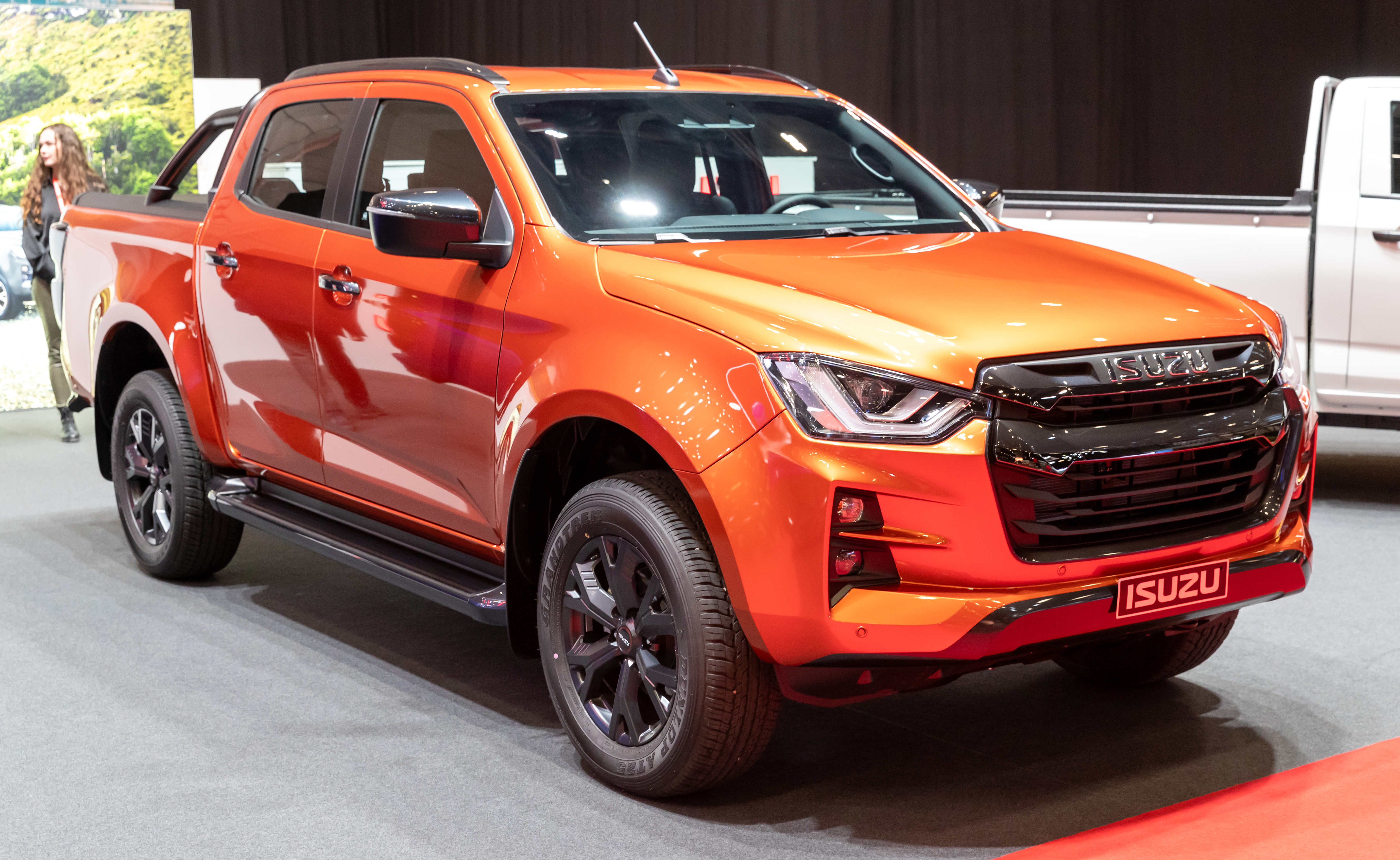
8. **NOx Sensors and Diesel Particulate Filter (DPF) Issues**Essential for meeting modern emissions standards, NOx sensors and Diesel Particulate Filters (DPFs) are sophisticated components in Land Rover vehicles. When these systems fail, they don’t just compromise environmental compliance; they can trigger check engine lights, reduce engine performance, and lead to substantial repair bills. Their complex nature and integration into the exhaust system make them particularly sensitive.
According to data from Warranty Solutions Group, NOx sensors and DPFs each accounted for 3.21% of all repair claims for Land Rover and Range Rover models. This frequency indicates that these are not isolated incidents but rather common points of failure that owners should be prepared to address. The importance of these parts for vehicle operation and regulatory compliance means their repair is often unavoidable.
Rectifying issues with these emissions control components typically involves specialized diagnostic equipment and specific replacement parts, often leading to elevated labor and material costs. Given their critical role in the vehicle’s engine management and environmental performance, owners often find themselves facing unexpected and costly repairs that directly impact both the functionality and legality of their vehicle.

9. **Intercooler Replacement Costs**The intercooler plays a vital role in a turbocharged or supercharged engine, cooling the compressed air before it enters the combustion chamber. This optimization improves engine efficiency and power output. However, like any other component, the intercooler can fail due leading to decreased performance and potential engine damage if not addressed.
The costs associated with intercooler replacement can be surprisingly high, reflecting the specialized parts and labor required for this crucial component. For a 2022 Range Rover, an intercooler replacement can range from $1,688 to $1,891. These figures represent a significant investment for a single engine component, highlighting the premium pricing for Land Rover parts.
Similar costs are observed across other models within the lineup. A 2021 Discovery owner might face costs between $1,426 and $1,830 for an intercooler replacement, while a 2020 Discovery Sport could see expenses from $1,448 to $1,631. These consistent high costs across various models underscore that intercooler failures contribute meaningfully to the overall financial burden of Land Rover ownership.
Read more about: 10 Essential Hacks to Keep Your Classic Car Running Cool in Extreme Summer Heat

10. **High Brake System Maintenance (Pads, Rotors, & Fluid)**Maintaining a vehicle’s braking system is paramount for safety, requiring regular inspection and replacement of wear-and-tear components like pads and rotors, as well as periodic fluid flushes. While these are routine services for any vehicle, Land Rover owners often encounter significantly higher costs for these essential safety procedures.
The expense for brake pad replacement alone can vary widely depending on the model and specific service needs. For example, a 2022 Range Rover brake pad replacement can cost anywhere from $421 to a substantial $2,091. Similarly, a 2021 Discovery’s brake pad replacement ranges from $421 to $1,699, and a 2020 Discovery Sport’s from $363 to $1,087. These ranges indicate the potential for considerable investment in even routine brake services.
Beyond pads and rotors, brake fluid flushes are recommended every 2-3 years, and while a basic DIY fluid removal is possible, a full flush is best left to a professional. The overall cost for a comprehensive brake service, including pads, rotors, and fluid, quickly escalates when factoring in specialized labor and premium parts. This means that a critical safety item becomes another premium expense for Land Rover owners.
Read more about: Don’t Hit the Road Without This: Your 14 Essential Pre-Drive Checklist for Every Journey

11. **Steep Wheel Replacement Expenses**Accidents, potholes, or even simple curb rash can necessitate the replacement of a vehicle’s wheels. For Land Rover owners, replacing a damaged wheel is not a minor aesthetic fix but another potentially shocking financial outlay that underscores the premium nature of the vehicle’s components.
The cost to replace a single wheel on a Land Rover can be remarkably high, far exceeding what many might anticipate. For a 2022 Range Rover, a single wheel replacement is estimated to cost between $2,161 and $3,090. This figure is substantial, often rivaling the cost of significant mechanical repairs on other vehicle types.
These elevated prices are consistent across the Land Rover lineup. Replacing a wheel on a 2021 Discovery ranges from $1,648 to $1,696, and for a 2020 Discovery Sport, it costs between $1,511 and $1,559. These figures highlight that even damage to a single wheel can lead to a considerable financial impact, emphasizing the importance of careful driving and comprehensive insurance coverage.
Read more about: Buyer Beware: These 10 Sedans Are Resale Disasters After Just 5 Years
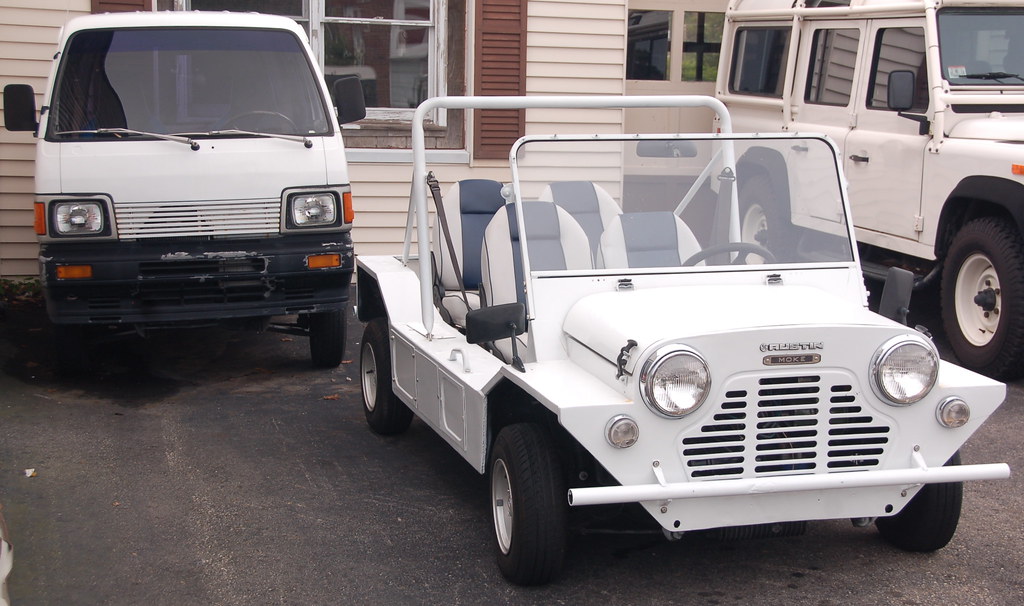
12. **Frequent Electrical System Malfunctions**Modern Land Rover vehicles are packed with advanced electronics, enhancing everything from convenience to driving dynamics. However, this sophisticated integration also makes them susceptible to a range of electrical problems, which are frequently reported by owners. These malfunctions can be both frustrating and expensive to diagnose and repair.
Owners have reported various electrical issues, including problems with the navigation system, stereo, door latch assemblies, and lock buttons. These can manifest as minor inconveniences, such as an unresponsive infotainment screen, or escalate to more significant functional problems. The unpredictable nature of electrical faults makes them particularly challenging to address.
Furthermore, some electrical malfunctions can lead to unexpected and disruptive incidents, such as random activation of the vehicle’s alarm system. Diagnosing these intermittent or complex electrical issues often requires specialized tools and highly skilled technicians, driving up labor costs and extending repair times. This area of concern adds to the overall perception of Land Rovers requiring substantial financial upkeep.
Read more about: The 401k Killer: 14 Premium Vehicles That Cost More Than Just Their Sticker Price
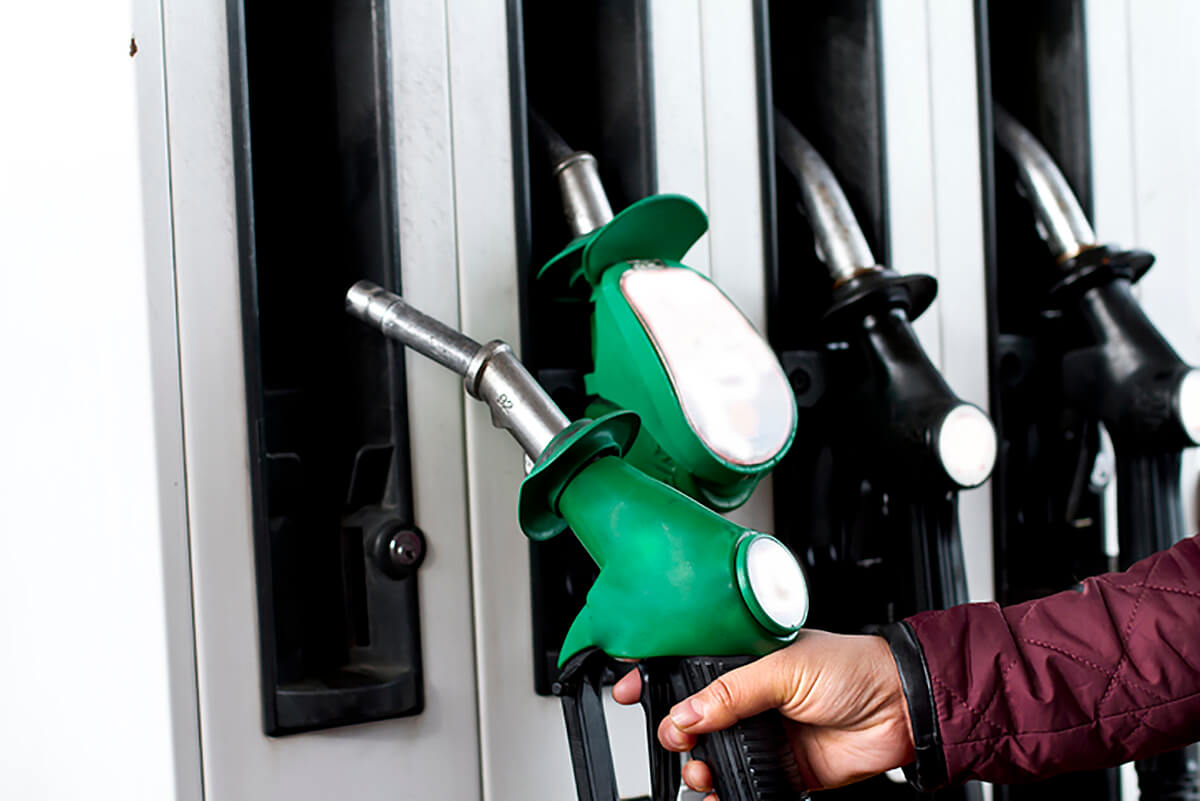
13. **Fuel Leak Repairs & Associated Recalls**Fuel system integrity is critical for both vehicle performance and safety. Unfortunately, fuel leaks have been cited as one of the most frequent issues for Land Rovers, leading to numerous recalls. This problem presents a dual challenge: it’s a significant maintenance concern and a direct safety risk that must be addressed without delay.
The prevalence of fuel leaks means that owners must be vigilant for any signs of this issue, such as fuel odors or visible drips. Failure to promptly address a fuel leak not only poses an environmental hazard but also a serious fire risk. The complexity of fuel delivery systems in modern vehicles means that diagnosing the precise source of a leak can be intricate.
Repairing fuel leaks typically involves accessing components that are often deeply integrated into the vehicle’s chassis, requiring specialized tools and extensive labor. Given their critical nature and potential safety implications, these repairs can be both complex and costly. Addressing fuel leaks promptly is crucial for ensuring the safety and long-term reliability of your Land Rover.
Read more about: The Service Bay Staple: 14 Models That Demand Constant Attention Before 60,000 Miles Are Up

14. **Specialized Battery Replacement Costs**Battery replacement is a fundamental maintenance task for any vehicle, typically viewed as a straightforward and relatively inexpensive procedure. However, for Land Rover owners, this seemingly simple service can become a surprisingly costly endeavor, underscoring the brand’s unique engineering requirements and component specifications.
A prime example of this elevated cost is seen in later model Range Rover HSE Sport vehicles, where a battery replacement can cost approximately $1,000. This is not simply due to the battery’s size or capacity, but rather a specific requirement to use a JLR branded battery with a precise installation procedure. Deviating from this procedure risks major damage to the vehicle’s intricate electronic modules.
This specialized requirement means that owners cannot simply opt for any aftermarket battery or rely on standard automotive service centers for replacement without potentially compromising their vehicle’s sophisticated electronics. The need for specific parts and expert installation transforms a routine maintenance item into another significant and often unexpected financial commitment for Land Rover owners.
Read more about: Buyer Beware: These 10 Sedans Are Resale Disasters After Just 5 Years

15. **The Cumulative 10-Year Ownership Cost & Warranty Considerations**Beyond individual repair costs, it’s crucial for Land Rover owners and prospective buyers to grasp the cumulative financial commitment over the long term. Objective data provides a sobering look at the total expenditure required to maintain these luxury off-road vehicles over a decade, highlighting the need for strategic financial planning.
According to research, Land Rover owners face the highest overall cost for maintenance and repairs over a 10-year period compared to any other manufacturer. This translates to an average expenditure of $3,700 over the first five years of ownership. This initial period is then followed by a significantly steeper average of $13,750 during the second five years.
These figures culminate in a staggering total of $17,450 for maintenance and repairs over 10 years of Land Rover ownership. This sum starkly contrasts with other luxury and off-road brands, firmly positioning Land Rover at the top for long-term ownership expenses. Understanding this total cost is essential for any serious buyer.
To mitigate these substantial long-term financial burdens, the New Vehicle Limited Warranty, which covers new Land Rovers for up to four years or 50,000 miles, is an important initial protection. However, given the high probability of major repairs increasing significantly after this period—peaking at 95.64% by the tenth year—considering an extended warranty becomes almost a necessity.
Additionally, Land Rover offers prepaid maintenance plans, which can help owners budget for scheduled services like oil and filter changes, and other routine care. While these plans can make maintenance easier and potentially cheaper by locking in prices, comparing their cost against out-of-pocket expenses is always a recommended step to ensure true value. Ultimately, managing these costs demands proactive planning and a clear understanding of the financial commitment involved.
Read more about: Optimizing Urban Journeys: A Comprehensive Guide to Compact Cars for Commuters Over 60
Owning a Land Rover Defender is undoubtedly an experience that blends luxury, capability, and adventure in a uniquely compelling package. Yet, as our in-depth analysis reveals, this allure comes with a practical reality of consistently high and often surprising maintenance and repair costs. From specialized components and intricate systems to a higher frequency of severe issues, the financial journey with a Land Rover demands informed decision-making and meticulous preparation. By understanding these potential expenditures and leveraging resources like extended warranties or specialized independent mechanics, owners can better navigate the road ahead, ensuring their Defender remains a source of pride and performance for years to come.


